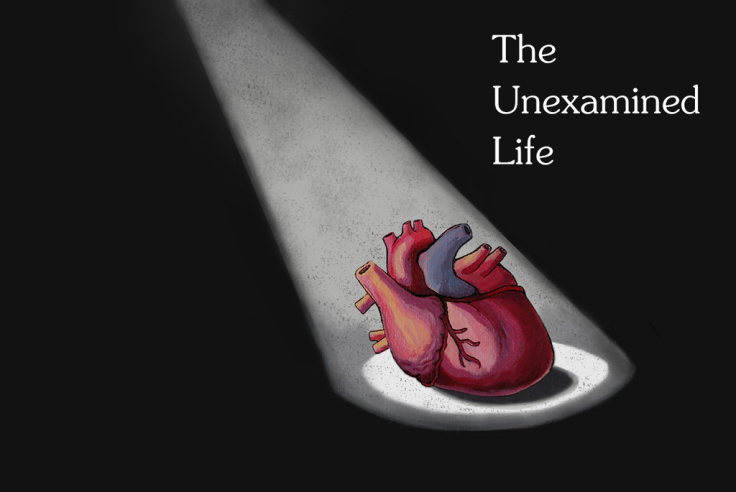How Do Hospitals Dispose Of Dead Bodies Discreetly?

Just about the last thing you want to see as a hospital patient is some dead guy getting hauled off past your room. Witnessing such a sight, I can only imagine, would have to be unsettling at the least — to be reminded we’re all just piles of meat with expiration dates when, here you are, just trying to get your tonsils out.
Patient experience is important, and hospitals, thankfully, go to great lengths to conceal how they handle worst-case scenarios. They don’t want their patients thinking about their own mortality. They want them visualizing their joyous family reunion after getting discharged, or regaining full use of a damaged limb. These extra steps are in hospitals’ interest, and it’s even shown in the research: Hospitals with better patient experience scores have better reputations overall.
Of course, if you know what to look for, the corpses could be hidden in plain sight.
Under Wraps
Before he attended medical school, Don Stewart worked as nursing assistant in Birmingham, Ala., where he got plenty of behind-the-scenes exposure. “As the lowest figure on the totem pole, it was often my job to escort the deceased from the wards to the morgue,” Stewart told Medical Daily. “Years later as a senior med student and then a surgical intern, it fell upon me to fill out the death certificates, and wait for the attendants to come and retrieve our (happily few) expired patients.”
That was the mid-1980s. Stewart works as a comic illustrator now, limiting his practice “exclusively to disorders of the funny bone,” he says. But in the brief time he spent making the rounds, he spent a good chunk of it hanging with the deceased. The procedure, he recalls, was fairly consistent:
When a patient dies, the body is cleaned at the bedside, then placed on a gurney and fully covered with a sheet. The deceased is then transported down the hall to the nearest staff elevator and taken directly to the morgue, which is usually located in the basement. The funeral home (in some cases, the coroner) is called, and arrives a short time later at the delivery entrance to pick up the body.
Fortunately — or unfortunately, if you have morbid curiosities like I do — shuttling patients from one part of the hospital to another on gurneys is pretty common, which means you won’t draw much attention just by shrouding one of them in a white linen sheet, Stewart says. And even if patients do know what to look for, chances are they’ll be too preoccupied with whatever it is brought them into the hospital to notice the guy without a pulse cruising down the hall.
Disposing The Un-Dead
You might be surprised to learn that hospitals, for all their infirm residents, don’t encounter death all that often. Past the occasional gunshot victim or driver rescued from a car wreck, people tend to die either before or after the hospital has done its work, Stewart says. “And the trip from room to elevator only takes seconds to complete. There really is no need to go to great lengths to insure the modicum of discretion required to accomplish the job.”
Laura Adcock isn’t so sure. As a nursing assistant at John T. Mather Memorial Hospital, in Long Island, N.Y., Adcock says she’s heard several stories of bodies, all belonging to deceased patients, make sudden noises and even move while her colleagues brought the patients down to the morgue.
“One nurse was in an elevator and bringing a body downstairs and it sat straight up in the bag,” she told Medical Daily. Fortunately for Adcock, the incident didn’t happen on her watch. “I would’ve died right there.”
The phenomenon is spooky, but not unheard of. In the hours after death, bodies still contain residual gases looking for an escape. In leaving the body, they can produce sounds that resemble moaning or breathing. Couple that with leftover nerve impulses traveling through the limbs and spinal cord, which may randomly and violently reanimate parts of the body, and a hospital could easily have an apparent zombie on its hands.
These cases are rare, but they make it decidedly more challenging for doctors and nurses to make a seamless, covert transition from life to death. Seeing a lifeless body being wheeled down the hall is eerie, but seeing a live body struggling beneath a white sheet, evidently gasping for its last breath, is downright terrifying. Good thing that tonsillectomy comes with ice cream. You’ll need the comfort.



























